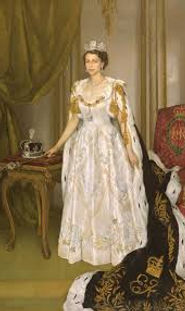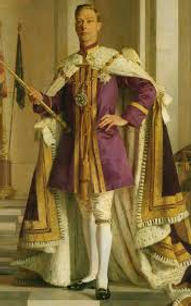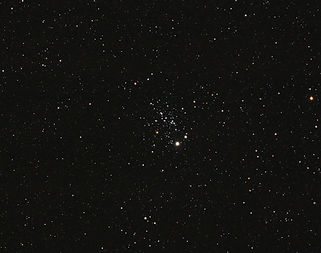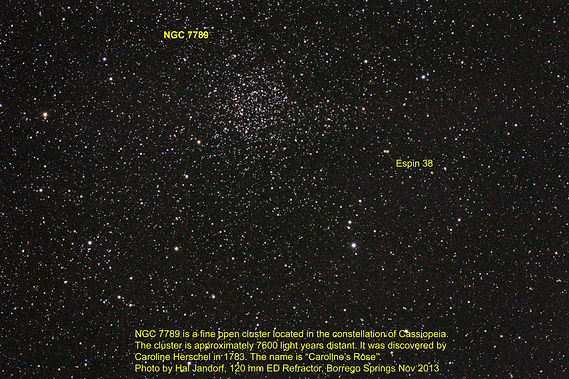

Observer's Corner for October
By Professor Hal Jandorf
King and Queen of the Night Sky
On October and November evenings, Cassiopeia (queen) and Cepheus (king) dominates the northern sky with celestial riches!
You will need a good, clear sky and pair of binoculars or a small telescope to view these jewels in the sky.
CASSIOPEIA:
NGC 457 (E.T.) Open Star Cluster. Low power reveals a stick man star pattern, looking like E.T. in the 1981 movie. Or a dragonfly or an owl. What do you see?
R.A. 11h59m, Dec. +58 Distant 9300 Light Years

CASSIOPEIA:
NGC 457 (E.T.) Open Star Cluster. Low power reveals a stick man star pattern, looking like E.T. in the 1981 movie. Or a dragonfly or an owl. What do you see?
R.A. 11h59m, Dec. +58 Distant 9300 Light Years


NGC 457
CEPHEUS:
Mu in Cepheus is another jewel. It is one of the deep orange stars in the sky, called Herschel’s “Garnet Star”!
it can be spotted by the unaided eye, but binoculars or small telescope will reveal the amazing color. A Red Supergiant.
R.A. 21h42m Dec. +58 Distance (appx) 1000 Light Years

NGC 7789: A beautiful spray of at least 1000 stars! A dark sky and a 4 inch diameter telescope will allow the impressive cluster in glory!
This open cluster was discovered by William Herschel’s sister, Caroline in 1783. It is called “Caroline’s Rose”!
R.A. 23h53m Dec. +56 Distance 7600 Light Years

If you enjoy “OBSERVER’S CORNER”, please let VCAS and Professor Hal Jandorf know.
Positive comments or changes will be extremely appreciated!
